Neanderthals would go out as a group, track animals, scare and chase them over large distances until they were tired enough to be killed. This took a lot of strategy and many attempts but this method allowed the primitive hunters to cover large distances without becoming exhausted. Click here to find out more about this fascinating subject. Enough blabbering! How do you use this to your advantage in running? Keep reading to find out! Popularized by olympian Jeff Galloway, the run-walk-run method has gained monstrous traction over the years. This method allows novice runners to dive head-first into the running world and also helps injured runners slowly ease back into the running scene. Throughout this article I'll be citing some of Jeff's quotes from his books (he's written 10!) and I will also include a fantastic example of how to use the run-walk-run method in your next (or first) race! If you're interested in purchasing one of Jeff Galloway's books, feel free to click on the one of the covers below - these are some of his best books! "A lifestyle change begins with a vision and a single step." - Jeff Galloway, 'Your Personal Running Journal:' The run-walk-run method allows you to cover long distances without becoming fatigued, prevents injuries and promotes quicker recovery between each running session. Before we can understand why it's beneficial, first we need to understand what it is! The Quick Start Guide If you just want to know how to begin using the run-walk-run method as quickly as possible, this section is for you. Here's what you need to do, step by step:
P.S. You can keep doing the run-walk-run method even when you become an experienced runner. The run-walk-run is amazing when it comes to injury prevention but more on this subject later on in the article! Keep reading to find out all there is to know about the Run-Walk-Run method! What is it? The Run Walk Run method is quite simple. Let's say you're planning on running for 20 minutes later today. Instead of running for the full 20 minutes, you will split those 20 minutes into various run-walk intervals. For example, you could run for 3 minutes and walk for 2 minutes for a total of 20 minutes. Everytime you complete 3 minutes of running and 2 of walking you will have completed one full interval. Therefore in a 20 minute session you will complete a total four intervals. The intervals are completely adaptable and can be personalized to your abilities, although, Jeff Galloway recommends keeping the intervals very very short! I'll show you an example of this later further along the article. "The marathon is a competition between your will and your possibilities" - Jeff Galloway The Ability to Run and Run and Run... Now that we fully grasp what the run-walk-run method is, we can start to understand how it might be beneficial. A major advantage is that you're giving your body time to recover during the 'walk' period. This is perfect for new runners to safely adapt to running. Jeff and his wife say they can run a marathon and they won't feel sore on the next day - not even tired! Ok, they have lots and lots of running experience but there are thousands of advocates for this statement. This is not a new technique, it's been around for many years and Jeff has worked with around 300,000 runners who all abide by this method. These are the main benefits behind the run-walk-run method: 1. Injury Risk Reduction Running improves your health but it is stressful for the body. The constant repetitive motion, high body temperatures and high impact force with the ground are unavoidable risks we take every time we go out to run! That's why it's so important to do everything we can to reduce it's risks by doing strength work, stretching, warming up, periodizing training, sports massage, etc... Walk breaks are another tool to reduce injury risk because you're allowing your body to recover from high intensity efforts. 2. Quicker Recovery Image your muscles talking! If you're a new runner, the first few times you go out to run your muscles will be like "ow! ow! ow! ow!" because they aren't used to the running efforts. By applying the run-walk-run method you'll allow time for the muscles to relax and adapt to the activity. 3. Longer Long Runs Here's the thing about running, the further you go, the further you want to go . I apologize for the confusing description but that's really how it is! We start with a 5K and then we try the 10K, we wonder if we can do a half-marathon and pretty soon we're signing up for a marathon (sometimes even trail runs with +50KM)! The run-walk-run method allows you to achieve these longer distances in a shorter timeframe when compared to running, because you're constantly giving your body time to recover, therefore you can walk/run further before getting tired. "To finish will leave you feeling like a champion and positively change your life." - Jeff Galloway 4. Strategy Strategies can be used in many different racing distances and in my opinion they are always beneficial. Even if you're not running to win, a strategy can help keep you focused throughout a race and avoid hitting the infamous wall. 5. Lower Body Temperature I remember when the only time I could work out was around 12p.m. under the blistering sun and dry southern Portuguese weather! I wish I had known of the run-walk-run method back then because most of my workouts at the time ended prematurely due to extreme heat. By taking walk breaks, you're allowing your body to recover and cool down. This is also great for those marathons that start at around 10a.m. in the summer time! 6. Customization The run-walk-run method is completely adaptable and it's easy for anybody to adapt it to their needs. Whether you want to walk for 3 minutes and run for 2 or run for 7 and walk for 3... it's completely up to you - it will always yield results! I'll dive into this subject further along the article. 7. Psychological aspect Ok, not everybody loves running. Some people only do it for the health benefits and don't really enjoy the activity at all - and that's fine! However, if you're not enjoying it, there are a few things you can do. First, when I'm not in the mood to "train" I just go out for a simple run and I take different turns and look at different buildings and sceneries... that always makes the run interesting, at least! If that still doesn't make you feel good then that's another reason for you to try the run-walk-run method because it allows you to take a break from running, catch your breath and 'relax' for a while! "Here is the start, there is the finish line. Between that, you have to run." - Jeff Galloway Applying the Run-Walk-Run Method to Your Training Over the years, the run-walk-run method has been revised and refined according to which intervals worked better for the most people. Jeff's work shows that by using intervals that are split up by seconds (instead of minutes) risk of injury is greatly reduced. However, I believe that for a complete beginner, it's better to start off with longer intervals (a few minutes at most). This is because novice runners usually don't "love" running. If you're just starting out and you have to keep looking at your watch every few seconds you may get irritated fairly quickly! I've provided examples to both interval ratios below. So without further ado, here's how you can start using the run-walk-run. When you can walk for a full 30 minutes without feeling aches and pains, you're ready to enter the 'running world'! BABY STEPS (recommended intervals by Jeff Galloway!)
Repeat and decrease walking period whenever you see fit. Read your body and be honest with yourself! NOVICE RUNNER (for those who can already run for short periods of time or are recovering from an injury, for example)
Increasing total time gradually every other week and decrease walking periods whenever you feel ready. These are examples of how you can structure a full week of training using the run-walk-run technique. Each body is different and you should adapt the run-walk-run intervals to your own capabilities while progressing gradually. Remember! Always warm-up before doing any kind of exercise! Here's an article (with a video and downloadable image guide) that shows you how to properly warm-up! “To reach the finish line in a marathon is to enter an elite group: only about one-tenth of 1 percent of the population does it.” - Jeff Galloway, Marathon: You Can Do It! Using the Run-Walk-Run Method in Your Races I was listening to a recent episode of the Run To The Top podcast (I recommend this for all podcast-loving runners) and recently they interviewed Jeff and his wife, Barbara. In this episode they spoke about many different aspects of utilizing the run-walk-run method and at one point in the conversation Jeff said he also uses this method! Jeff and Barbara spoke wonders of this technique and also gave away their own interval ratios... They do 15 seconds running, 15sec. walking, 15sec. running, 15sec. walking, etc... I think that's incredible! I wonder what changes really happen to your body and how it differs to actually running a full marathon or to run-walk-run it, specially with intervals as low as 15:15! Unfortunately there aren't any real scientific studies on this subject yet... But here is how you should apply this method to your races! If you've played around with different run-walk-run intervals during training you should already know what your optimal ratios are and so you're ready to rock your first race! The simple answer is to continue using the intervals you would normally use in a training session. If you want to lower your PR then you may reduce the walk period. I don't recommend removing the walking period in a race if you haven't already done so in training! Race day is a day to be prepared and fully aware of what is about to happen - it's not a day for experimenting! Now it's time to apply this information to your training. Create a new RunPage to celebrate each race and also follow us on Twitter, Instagram and Facebook to stay up to date! A Final Word From the Coach Whether you walk or run, stick to it. Running is a journey and it takes consistent training to improve. It doesn't matter if you run or walk most of the distance, what matters is that you keep showing up and giving each training session your best. About the Author
1 Comment
2/10/2019 02:26:16 am
The Run and walk techniques and its inner secrets to be revealed club runners as a coach. Thanks for guiding us. Best wishes from Arockiaswany Jayaraj 😌 international Marathon Runner -coach .
Reply
Leave a Reply. |


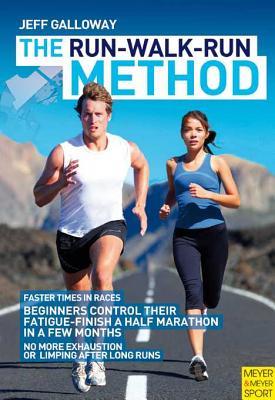
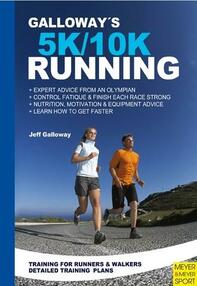
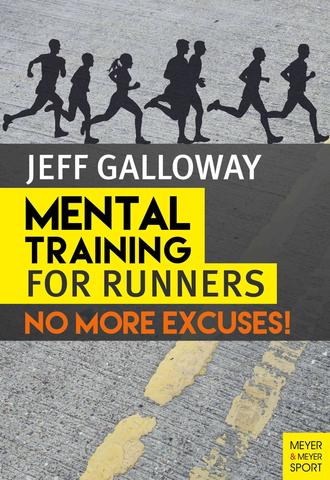
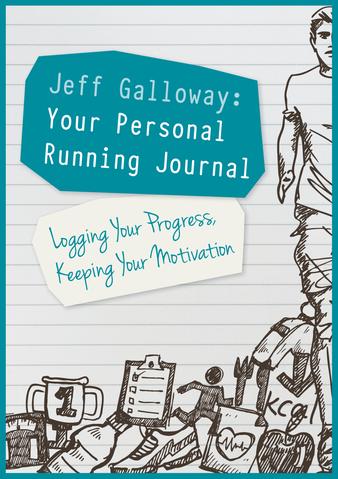
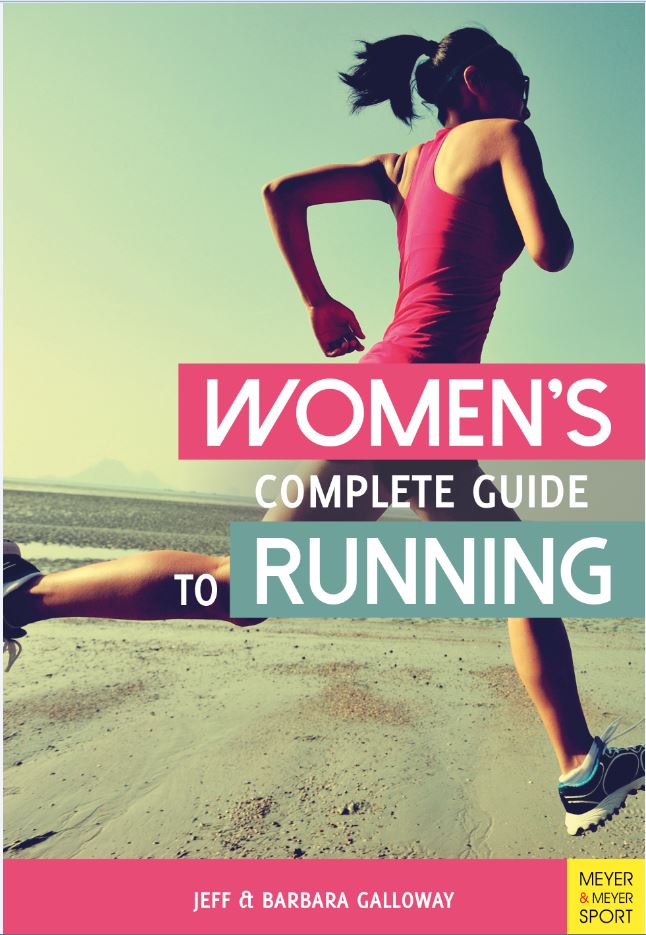
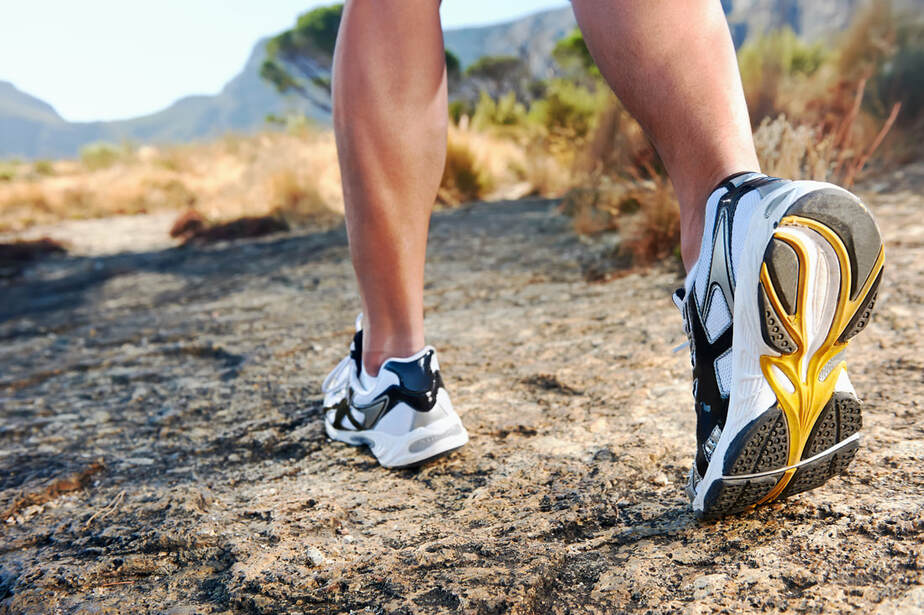
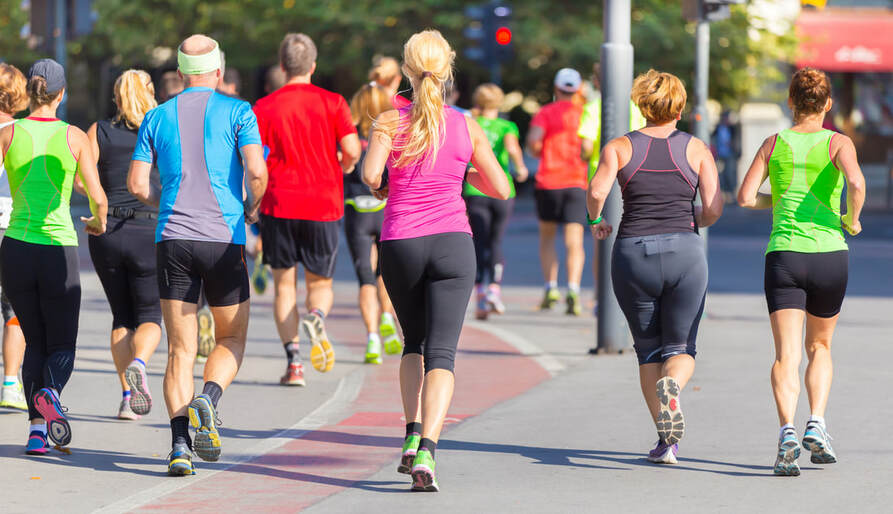
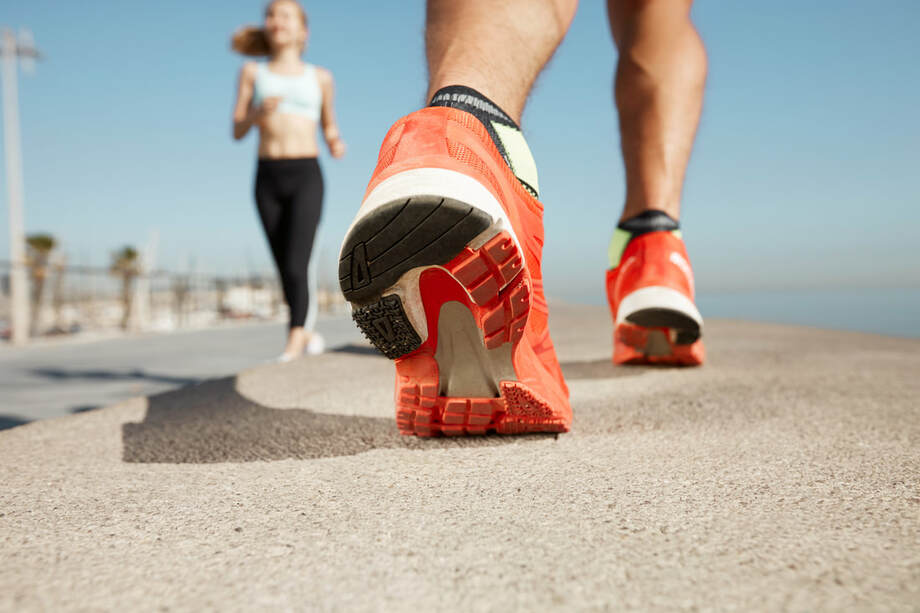
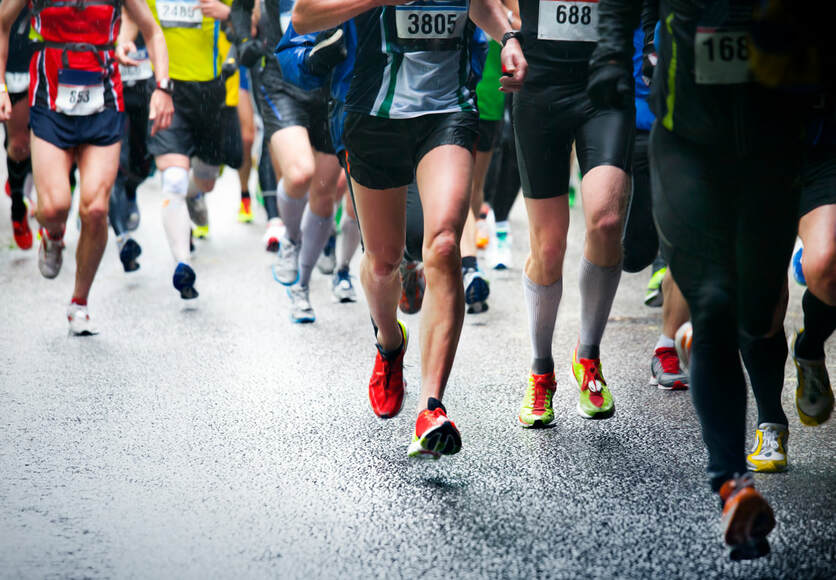
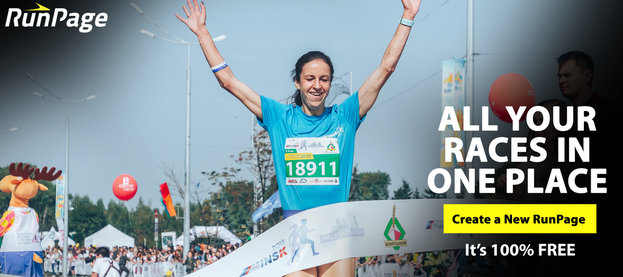

 RSS Feed
RSS Feed

